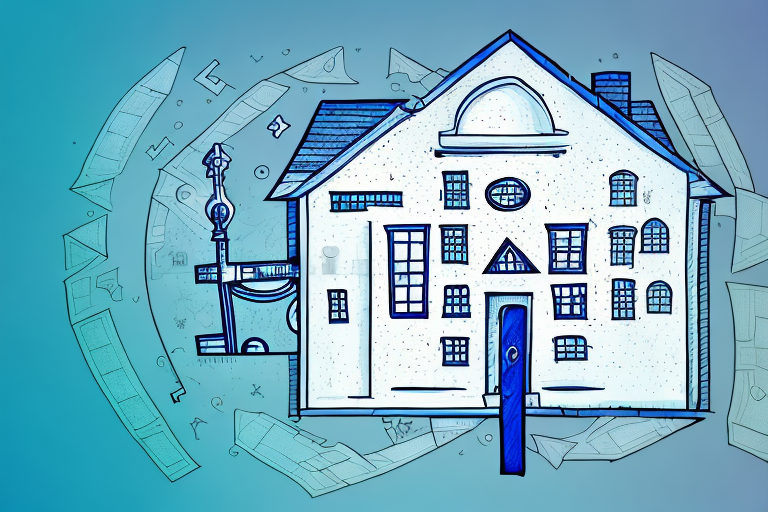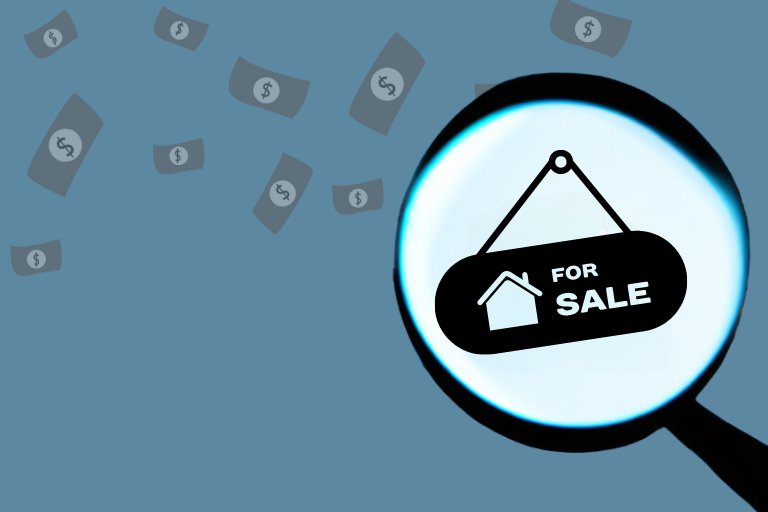In recent years, we’ve seen more and more investors chasing higher-yielding properties, with a view to building a positively geared property portfolio.
What a positively geared property means is that the income from the rent you receive covers all your interest costs and other expenses and leaves you with money in your pocket. The other side of this is that theoretically because the property is producing cash and not costing you anything, it isn’t weighing on your serviceability.
Unfortunately, there’s a big problem with this assumption.
Most lenders will not take into account all the money that is coming in through rental income and they also assess you at higher interest rates.
For example, if your positively geared property is bringing in $30,000 a year in rental income, they might actually only accept 70% of that. So that means your rental income is slashed to $21,000 in the eyes of a lender. That alone could see your positively geared property turn negative.
At the same time, when applying for finance, a lender will bump up the interest rate that you’re paying. If the current interest rate is 5%, then they add a buffer on top of that of around 2.5%, which means you’re actually being assessed as if interest rates were 7.5%.
These two factors alone mean that even if you’re earning money from your properties, they might not be helping your serviceability as much as you would hope. In fact they are almost certainly negatively geared in the eyes of the bank.
The flip side of this is to achieve some of these higher yields, you will normally have to buy properties that are in far less desirable locations from an investment perspective. Generally speaking, that means you will be forced to invest in regional areas or the outer suburbs of smaller capital cities.
While regional areas for example have grown a lot in the past few years, when we look at how they’ve performed over long periods of time, we can see that generally, they will go through long periods where prices are stagnate. Some high-yield locations even wind up going backwards if they are heavily focused on a certain industry like mining.
In contrast, the best-performing locations are typically going to be your blue-chip inner-city city locations. These are places where there is no new land available to build, they are highly desirable for their great lifestyle and amenities and most importantly there is a very strong jobs market. Again, I like to point to the Eastern Suburbs of Sydney as it ticks all these boxes and why it has some of the highest property values around.
The downside with these blue chip locations is that they are going to cost you money to hold. But that will be offset by stronger capital growth. More often than not, the equity uplift that you generate, far outweighs the actual out-of-pocket costs. In some ways, you are just coming up with the cash in the short term, while getting all it back and more in the long term.
At the end of the day, you build real wealth through property when the value of the property increases in value. I invest in blue chip property because of that upside potential and the fact that it’s been increasing in value for generations.
You are far better off looking for ways to increase your income or growing your own business, then funnelling that money into property, then trying to chase high yields in locations that have a patchy history of growth.
Buying a few high-quality assets in great locations that will grow rapidly over time, will be better than half a dozen average properties that might produce a tiny amount of cashflow but underperform.
If you are interested in the above, feel free to reach out to a Henderson buyers agent today for more information.







